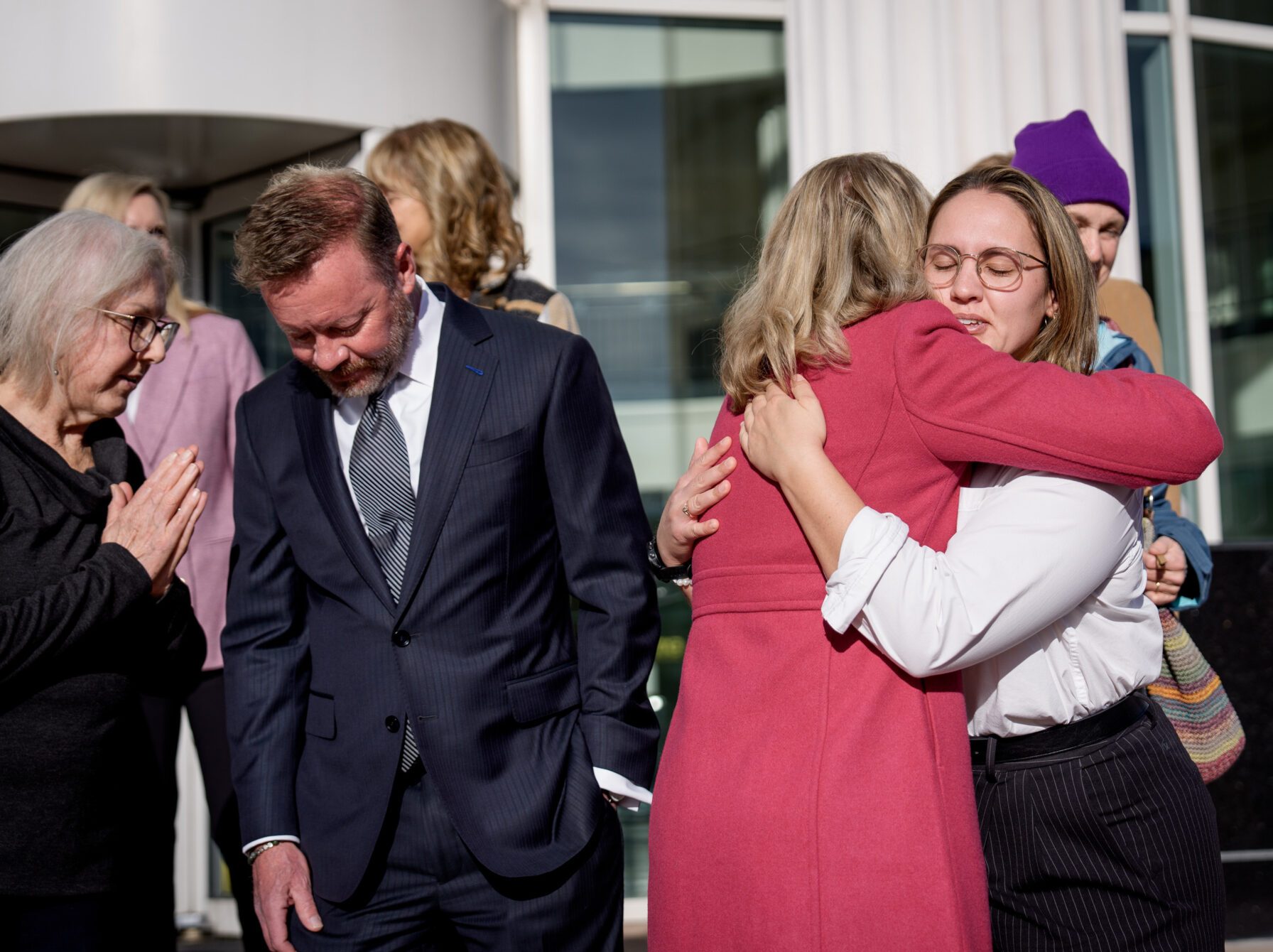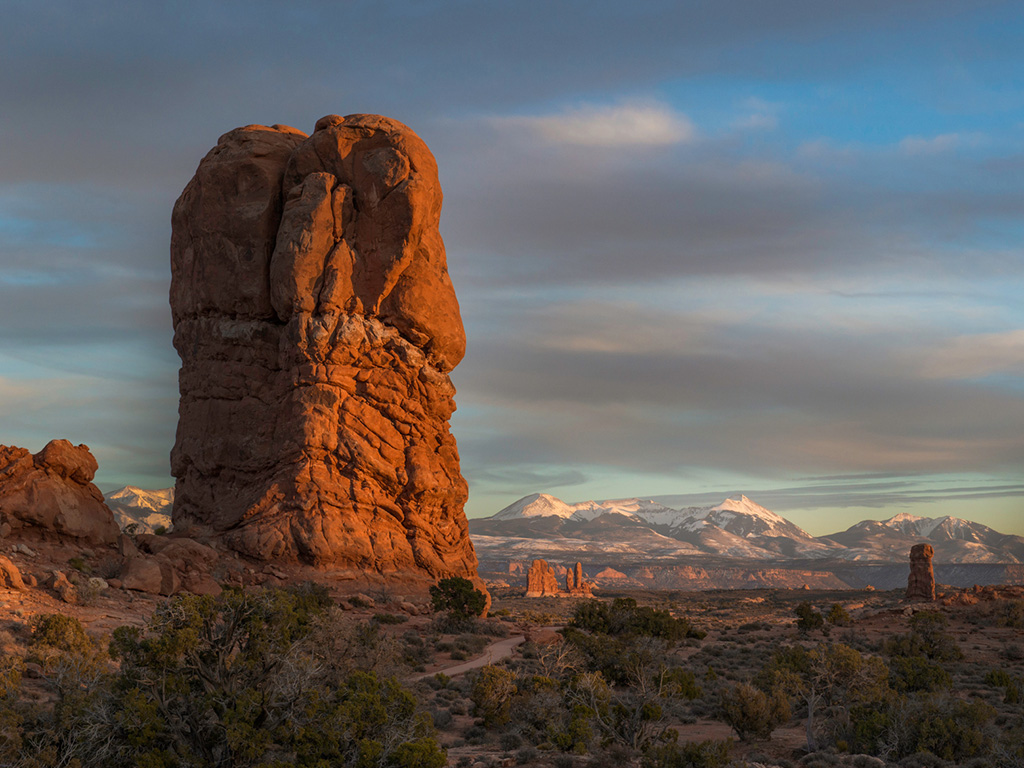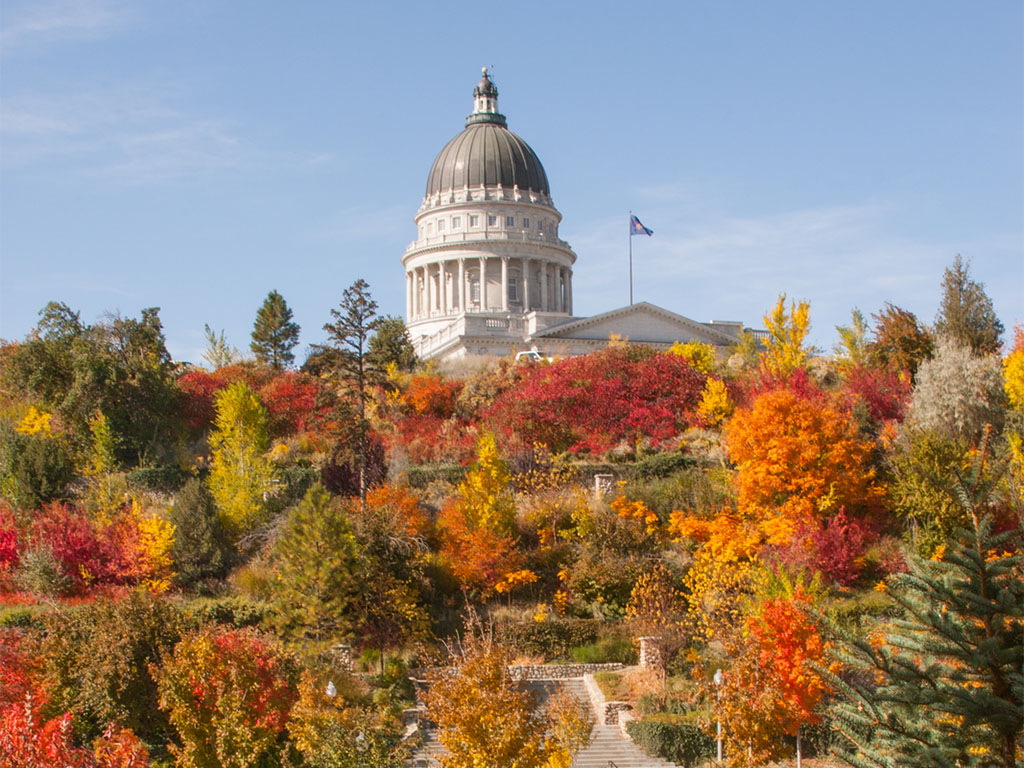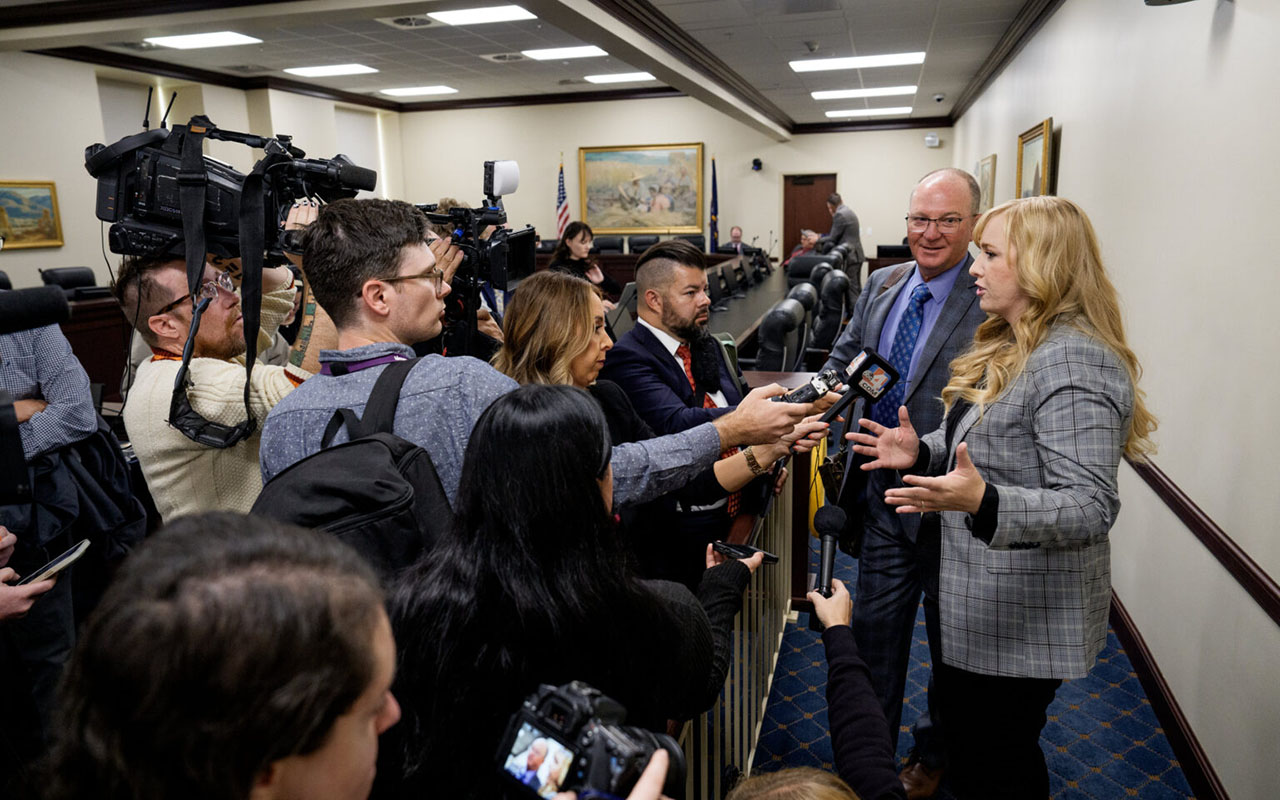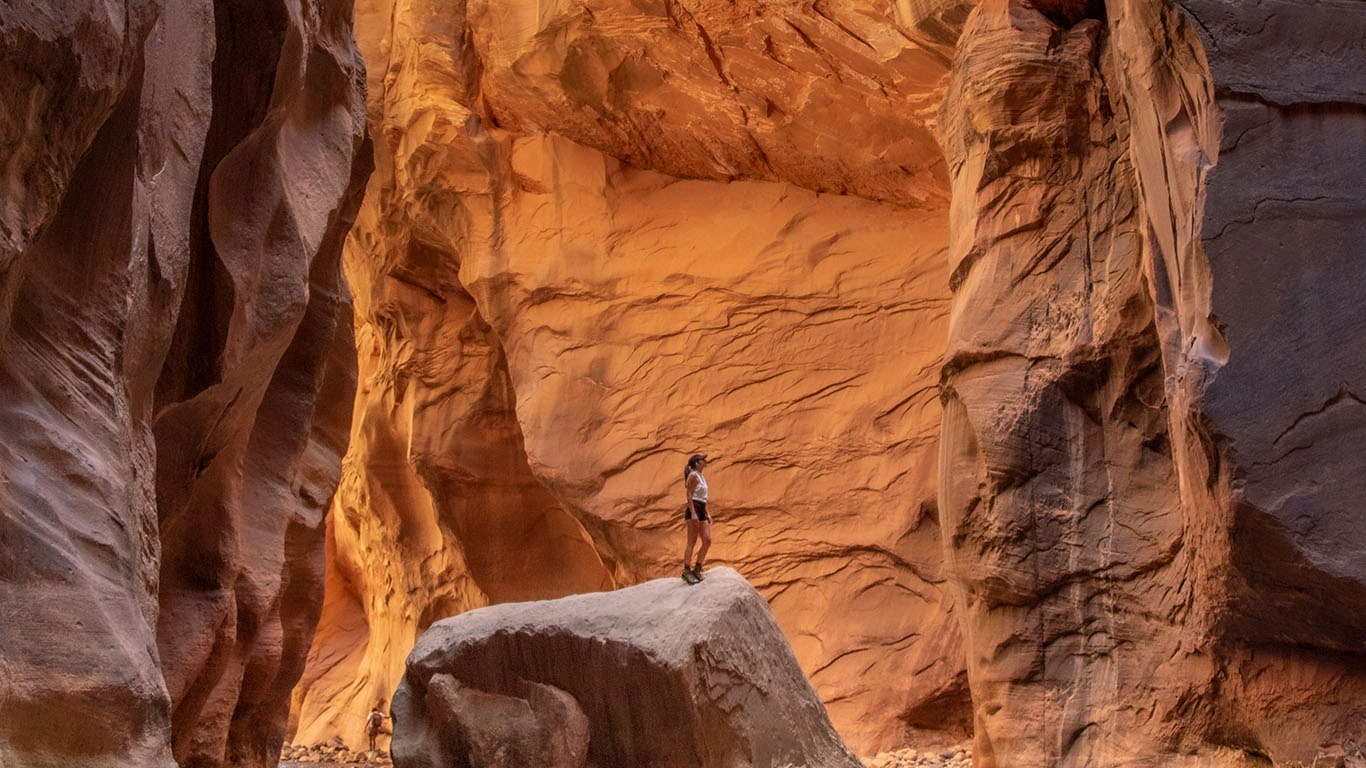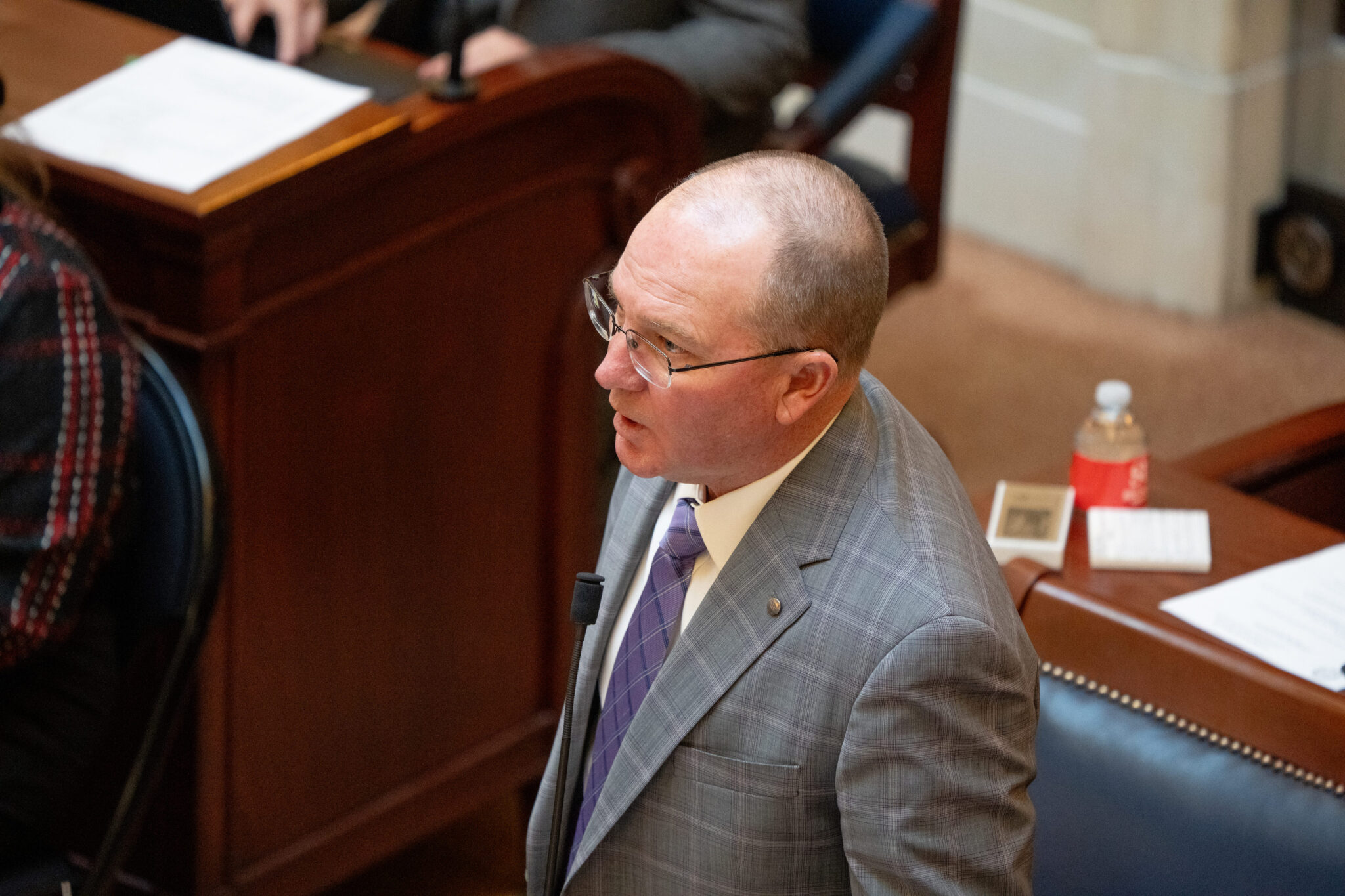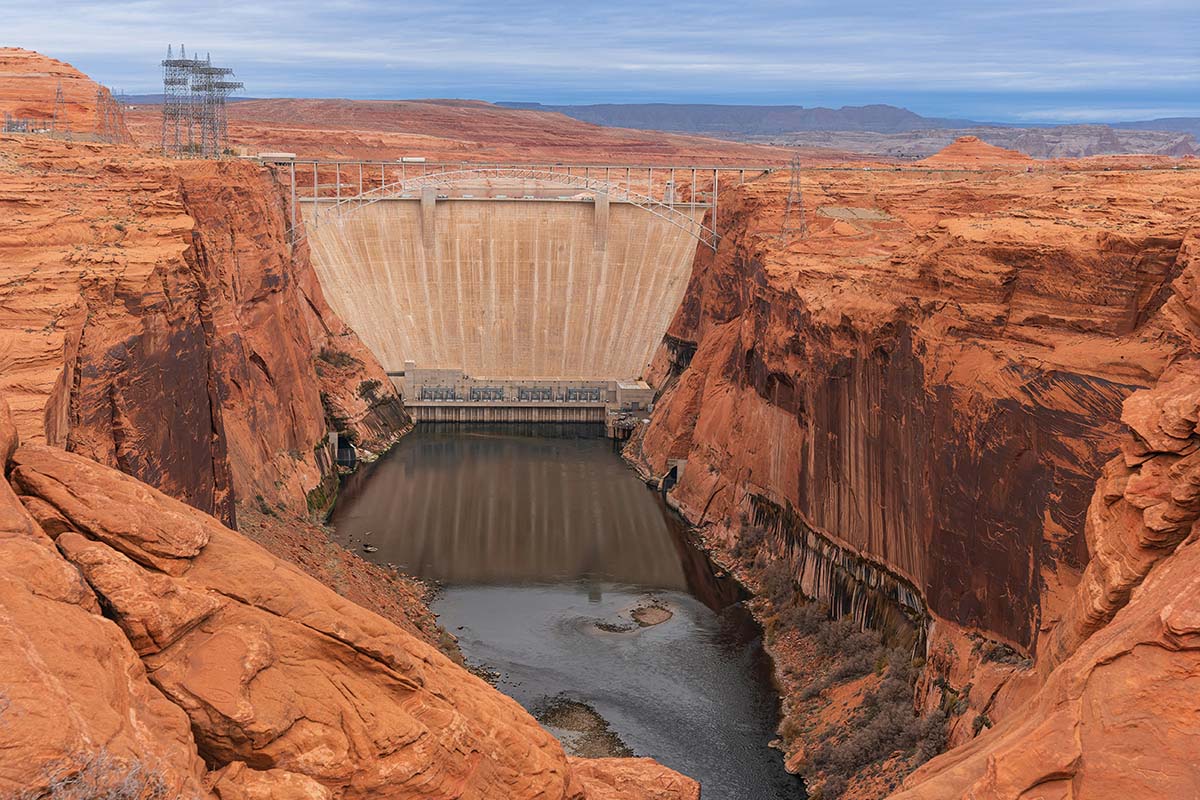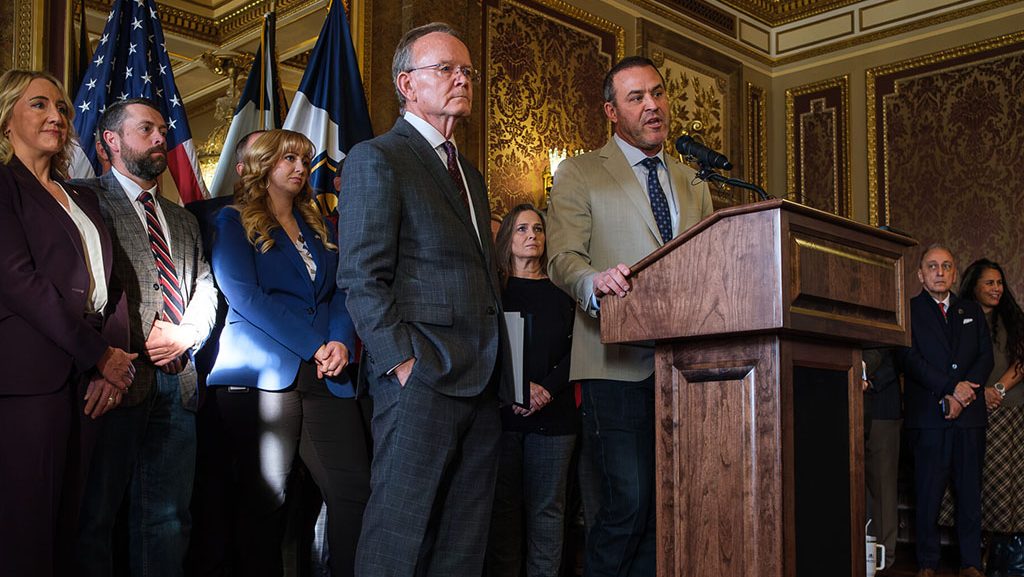

Salt Lake magazine offers an insightful and dynamic coverage of city life, Utah lore and community stories about the people places and great happenings weaving together the state’s vibrant present with its rich past. Its Community section highlights the pulse of Salt Lake City and around the state, covering local events, cultural happenings, dining trends and urban developments. From emerging neighborhoods and development to engaging profiles long-form looks at newsmakers and significant cultural moments, Salt Lake magazine keeps readers informed about the evolving lifestyle in Utah.

